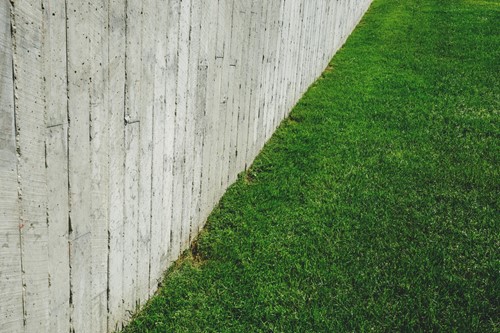
Crabgrass is a type of lawn weed common enough to earn its own type of lawn care products known as crabgrass preventers. This tricky plant frequently slips underneath lawn mowers and spreads its seeds liberally to take over your yard. Therefore, the best way to remove and prevent crabgrass is by using one of a variety of herbicidal crabgrass preventers.
Here is a short guide to the most common types of crabgrass preventers and how they work:
For large lawns, liquid preventers are an efficient way to prevent and kill crabgrass. It’s also helpful for applying to lawn edges and cracks in sidewalks, patios and driveways.
Granular formulas are a better choice for smaller lawns. However, they can take longer to work than liquid versions due to a slower absorption rate.
Some organic options for killing crabgrass include corn gluten and vinegar. While these methods take much longer than synthetic products, you won’t have to worry about the effects of harsh chemicals on your yard. If you don’t mind synthetic herbicides, there are plenty of options available from your local garden center or lawn care professionals.
Selective herbicide is a product containing chemicals that target specific weeds rather than affecting everything they touch. There are selective herbicides available for tackling many lawn weeds, so make sure you choose a formula specifically meant for treating crabgrass.
Non-selective herbicides, however, do not discriminate from one plant to another. This means they can kill multiple types of weeds plaguing your lawn, but they might also harm the grass. The key to using non-selective herbicides is to apply them exactly as directed to get rid of crabgrass but avoid unwanted damage.
No matter your chosen method of crabgrass control, timing is everything. The best time to apply a preventative crabgrass treatment is early spring, right as the crabgrass seeds start to germinate.
However, if you have existing crabgrass, use a post-emergent crabgrass killer. These products are specially formulated to manage grassy weeds that are already fully grown.
Crabgrass can be frustrating for homeowners with lawns, but it’s not impossible to beat. The more you know about your preventative options, the better equipped you’ll be to protect and treat your lawn.

JoAnn Drabble prides herself in making a "personal investment in each client”. With over ten years of experience working as a paralegal for various law firms, JoAnn brings significant legal expertise to her work. She understands the ins and outs of the real estate business and follows through on her sales from start to finish. She is often praised for her attention to detail in all aspects of a sale.
Working as a full-time professional in the real estate industry for 27 years, JoAnn has continuously been a top sales producer. She attributes her successful sales’ results to the personal relationships that she forges with her clients. Her years of experience combined with her outgoing personality and compassionate nature enable her to understand both the stated and unspoken needs of clients who are buying and selling their homes. JoAnn stays current with changing market conditions and trends in order to provide exceptional service and ensure a timely sale.
Her perseverance and real estate market savvy help her achieve 100% client satisfaction. The relationships that JoAnn forms with clients often last long after the purchase or sale of a home. Her clients’ satisfaction is her top priority and drives her to consistently exceed her performance goals and expand her growing referral base.